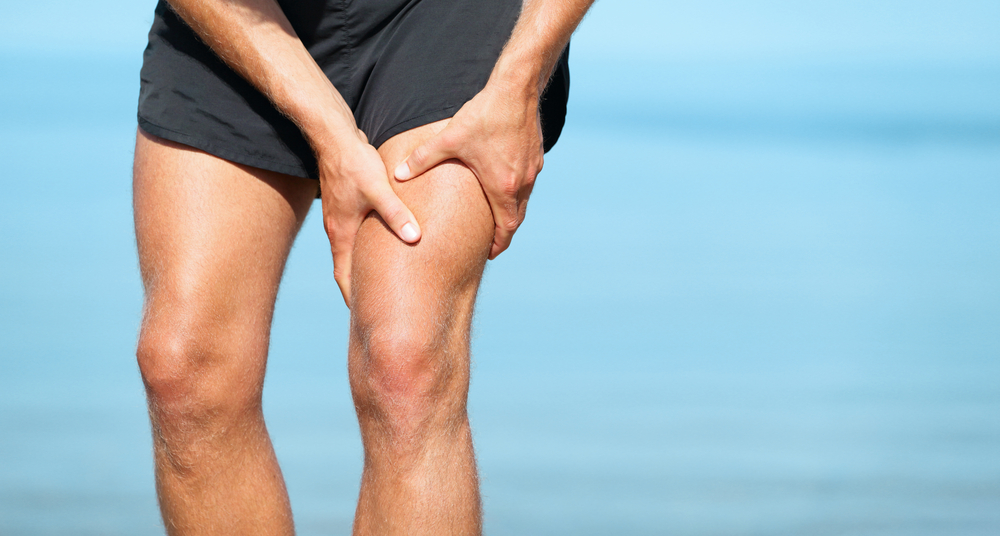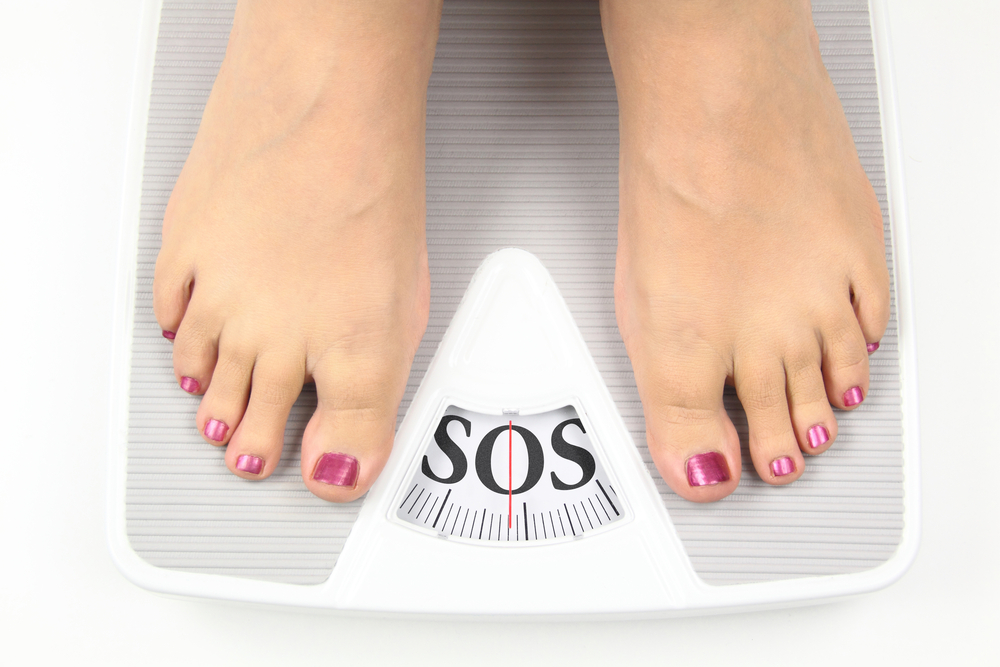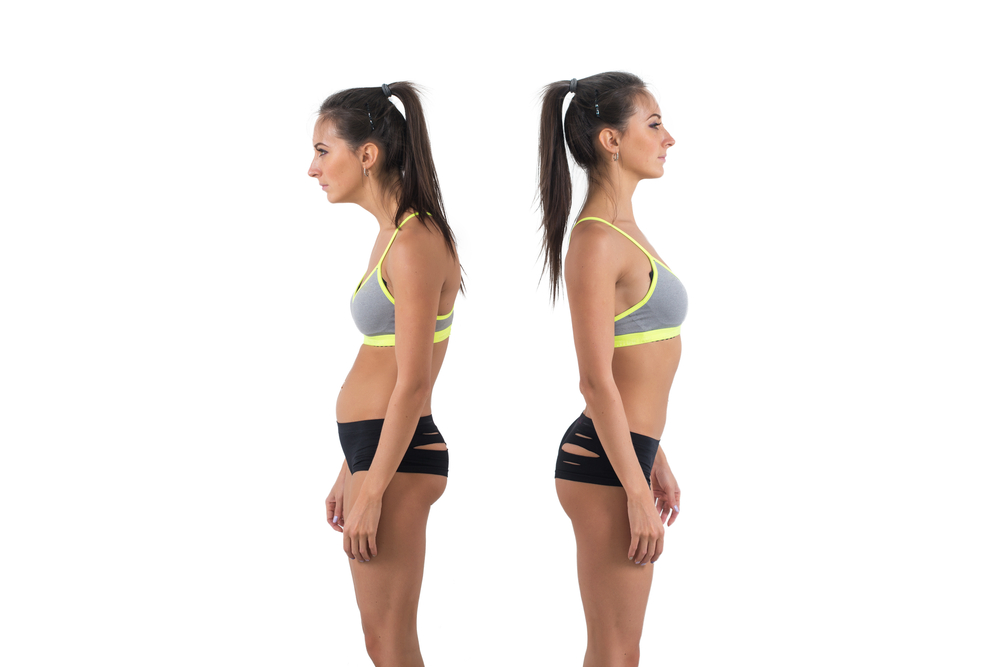
What is good for your joints? Our 5 tips
It's nice if you have flexible joints. These ensure that you have a lot of freedom of movement (easily bending, twisting and stretching), you experience less pain and discomfort, you have better posture and better balance and coordination. The older you get, the faster the risk of joint problems increases. Fortunately, you can do a lot yourself to keep your joints in good condition. Curious about what is good for your joints? In this blog we give 5 tips.
Tip 1: Healthy food

It is very important and good for your joints to eat healthy food. Vitamins and minerals are especially important to strengthen and protect them. Be sure to take products rich in calcium and vitamin C. Read more about nutrition flexible muscles and joints.
Calcium is important for your bones but also for joint health. This includes dairy products such as milk, cheese and yogurt, but also green leafy vegetables such as kale and broccoli, nuts and salmon. Vitamin C is a powerful antioxidant that plays an important role in the formation of collagen: a protein essential for the health of cartilage and connective tissue in the joints. It is also good to take products rich in vitamin C, such as citrus fruits, kiwis, and peppers.
Eating other fruits is also wise, especially fruits that contain both vitamin C and vitamin E, carotenoids and polyphenols. These include berries and red fruit. Turmeric also seems to be very good for joints, muscles and tendons.
Tip 2: Sufficient exercise

When we talk about what is good for the joints, sufficient exercise is definitely included. Exercise keeps your joints flexible and your muscles strong. Exercise actually works like a kind of oil for your joints. When you exercise, your body produces a special fluid that helps prevent your joints from rubbing against each other. This helps to keep your joints flexible and healthy. More exercise can also contribute to better blood circulation and achieving and/or maintaining a healthy weight. But which methods are best for the joints?
There are many ways to exercise. Not all methods are very suitable when it comes to relaxing the joints. It is best to perform activities with a low impact. This includes walking, cycling, swimming and yoga. It is best to avoid (contact) sports where you run and jump a lot, such as running, basketball or HIIT training, as this is very stressful.
Tip 3: Strong muscles
Strong muscles contribute to the support of joints. By exercising regularly you strengthen the muscles around your joints. This makes them better able to absorb shocks and prevent overload. This is crucial for maintaining good joint health. In addition, strong muscles ensure better stability.
Exercises you can perform to strengthen the muscles around your joints include:
- Squats (good for knees and hips)
- Lunges (good for knees and hips)
- Tricep dips (good for elbows)
- Planks (good for your core and shoulders)
- Ankle circles (good for extra stability and strength in the ankles)
Tip 4: Prevent obesity

Being overweight can affect the health of your joints. If you are overweight, the chance that you will suffer from joint problems is unfortunately greater. Excess weight puts extra pressure on the joints, especially on your ankles, knees and hips. Being overweight also leads to limited mobility. A healthy weight is good for joints. You can maintain or achieve this by, among other things, eating healthy and exercising sufficiently. Read more about this in our article about it lose weight and get fitter.
Tip 5: Good posture

Correct posture is very good for you muscles and joints. Correct posture ensures that your body weight is properly distributed over the joints and therefore does not become overloaded. The same goes for the muscles; With good distribution, muscles are also loaded evenly. In addition, good posture contributes to maintaining the flexibility of joints. By keeping them in the right position, they become stiff less quickly and you prevent them from having difficulty moving.
What is good for joints when it comes to posture? There are a number of things to pay attention to when it comes to correct posture. Make sure your back is straight, relax your shoulders and place your neck in a neutral position. Distribute your weight evenly and preferably use ergonomic products such as an ergonomic desk and an ergonomic office chair.
Keep your joints in good condition
There is a lot you can do to maintain or improve your condition. We have of course already given some useful tips, but did you know that you can also take supplements to support the joints? This supportive supplements are available from Slimminglabs. Will you order them today? Then you will have them at home the next working day. Do you have any questions? Reassure them!
